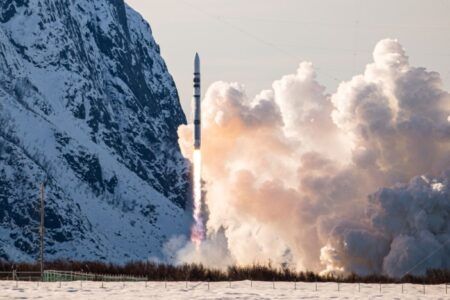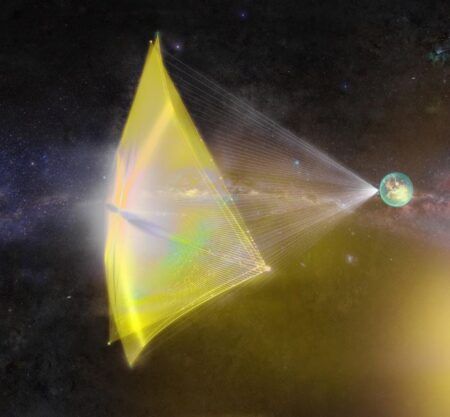NASA’s interim cryogenic propulsion stage (ICPS) test article has arrived at the aerospace agency’s Marshall Space Flight Center in Huntsville, Alabama, USA. Here the hardware will undergo tests critical to the first launch of NASA’s Space Launch System – the world’s most powerful rocket.
The hardware is a prototype of the ICPS to be tested later this year and joins other structural test articles and simulators that make up the upper portion of the rocket. When all the hardware is completed, engineers will stack them together and move the 56ft-tall (17m) structure to a test stand at Marshall.
For the ICPS, Boeing modified the design of the existing ULA Delta Cryogenic Second Stage, used on United Launch Alliance’s Delta IV family of launch vehicles. It will be powered by an Aerojet Rocketdyne RL-10B engine – also currently used on the Delta Cryogenic Second Stage. Modifications to the Delta Cryogenic Second Stage include lengthening the liquid hydrogen tank, adding hydrazine bottles for attitude control and making some minor avionics changes to meet the design parameters and performance characteristics as needed by NASA to meet the flight objectives.
Testing of the ICPS will use liquified nitrogen rather than the more hazardous liquid hydrogen and oxygen that it will use in service.
June 24, 2016




